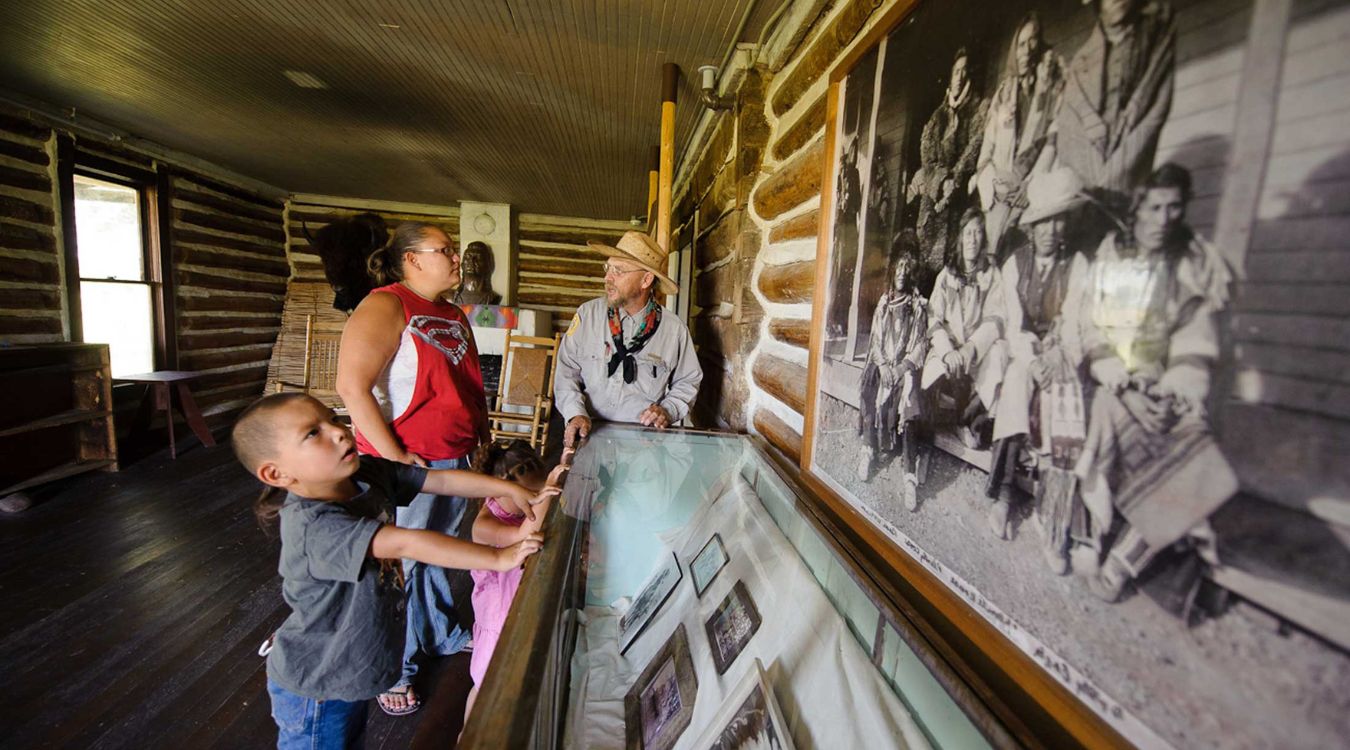Secrets Of Montana’s Ancient Indigenous Hunting Camps

Have you ever wondered what life was like for the ancient indigenous people of Montana? Imagine a time when vast herds of bison roamed the plains, and skilled hunters relied on their deep knowledge of the land to survive. Montana's ancient indigenous hunting camps offer a fascinating glimpse into this world. These camps, scattered across the state, were once bustling hubs of activity where tribes gathered to hunt, prepare food, and share stories. By exploring these sites, you can learn about the tools they used, the techniques they perfected, and the rich cultural traditions that have been passed down through generations. Join us as we uncover the secrets of these remarkable places and the people who called them home.
Secrets of Montana's Ancient Indigenous Hunting Camps
Montana, with its vast landscapes and rich history, holds many secrets. Among these are the ancient hunting camps used by Indigenous peoples for thousands of years. These sites provide a glimpse into the lives of those who once roamed these lands. Let's uncover some of these fascinating locations.
1. Madison Buffalo Jump
Madison Buffalo Jump, located near Three Forks, is a site where Indigenous tribes drove bison over cliffs. This method provided food, clothing, and tools. The cliffs and surrounding areas still hold remnants of this ancient practice.
2. Pictograph Cave State Park
Pictograph Cave State Park, near Billings, features caves with rock art dating back over 2,000 years. These pictographs depict hunting scenes and daily life, offering insight into the culture and practices of Montana's early inhabitants.
3. First Peoples Buffalo Jump
First Peoples Buffalo Jump, near Ulm, is one of the largest buffalo jump sites in North America. Indigenous tribes used this site for over 1,000 years. The interpretive center provides detailed information about the hunting techniques and the significance of the site.
4. Wahkpa Chu'gn Archaeological Site
Wahkpa Chu'gn, located in Havre, is an archaeological site with evidence of bison hunting dating back 2,000 years. Excavations have uncovered tools, bones, and other artifacts, shedding light on the sophisticated hunting strategies of the Indigenous peoples.
5. Makoshika State Park
Makoshika State Park, in Glendive, is known for its badlands and dinosaur fossils. However, it also contains evidence of ancient hunting camps. The park's rugged terrain provided ideal hunting grounds for Indigenous tribes.
6. Medicine Rocks State Park
Medicine Rocks State Park, near Ekalaka, features unique sandstone formations with carvings and petroglyphs. These carvings include hunting scenes and spiritual symbols, reflecting the deep connection between the land and its early inhabitants.
7. Beaverhead Rock
Beaverhead Rock, near Dillon, was a significant landmark for Indigenous tribes. The area around the rock served as a hunting camp, with its strategic location providing a vantage point for spotting game.
8. Pompeys Pillar National Monument
Pompeys Pillar, near Billings, is famous for William Clark's signature. However, the site also holds evidence of ancient hunting camps. The pillar and surrounding area were used by Indigenous tribes for hunting and gathering.
9. Big Hole National Battlefield
Big Hole National Battlefield, near Wisdom, commemorates the Nez Perce War. The area also contains remnants of ancient hunting camps, providing a historical context for the region's long-standing significance to Indigenous peoples.
10. Yellowstone National Park
Yellowstone, while known for its geothermal features, also has a rich history of Indigenous use. Various sites within the park show evidence of hunting camps, where tribes hunted bison, elk, and other game.
11. Glacier National Park
Glacier National Park, with its stunning landscapes, was a vital hunting ground for Indigenous tribes. The park's valleys and mountains provided abundant game, and evidence of ancient camps can still be found in various locations.
12. Bighorn Canyon National Recreation Area
Bighorn Canyon, straddling the Montana-Wyoming border, contains numerous archaeological sites. These include ancient hunting camps where Indigenous tribes hunted bighorn sheep and other game. The canyon's rugged terrain made it an ideal hunting ground.
13. Pryor Mountains
The Pryor Mountains, near Billings, are rich in history and natural beauty. Indigenous tribes used the area for hunting and gathering. The mountains' caves and rock shelters provided shelter and strategic points for hunting.
14. Missouri Headwaters State Park
Missouri Headwaters State Park, near Three Forks, marks the confluence of the Jefferson, Madison, and Gallatin rivers. This area was a crucial hunting ground for Indigenous tribes, with the rivers providing water and attracting game.
15. Lewis and Clark Caverns State Park
Lewis and Clark Caverns, near Whitehall, are known for their stunning limestone caves. However, the surrounding area also served as a hunting camp for Indigenous tribes. The caverns provided shelter, while the nearby forests and rivers offered abundant game.
Montana's Ancient Hunting Camps: A Glimpse into the Past
Montana's ancient indigenous hunting camps offer a unique window into the lives of the region's early inhabitants. These sites reveal how tribes like the Blackfeet, Crow, and Salish adapted to their environment, using natural resources for survival. The camps showcase the ingenuity and resilience of these communities, from their hunting techniques to their social structures.
Exploring these ancient sites not only enriches our understanding of history but also deepens our appreciation for the cultural heritage of Montana's indigenous peoples. Visiting these locations can be a powerful experience, connecting us to a time long past yet still influential today.
For those interested in history, archaeology, or indigenous cultures, Montana's ancient hunting camps are a must-see. They remind us of the rich tapestry of human experience and the enduring legacy of those who came before us.

